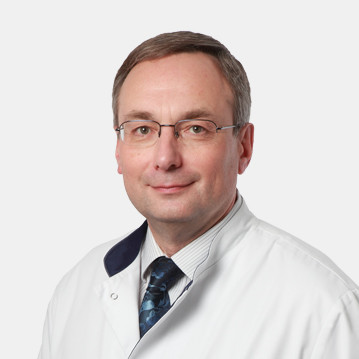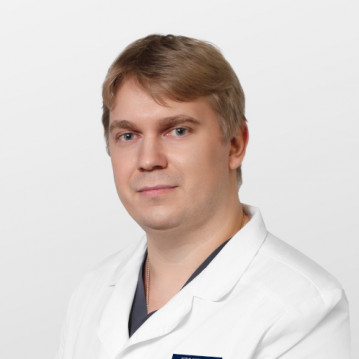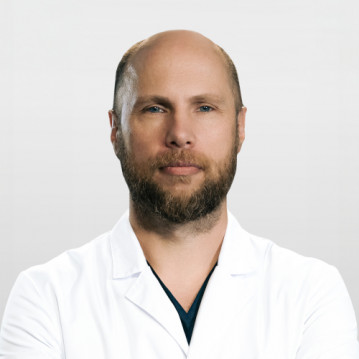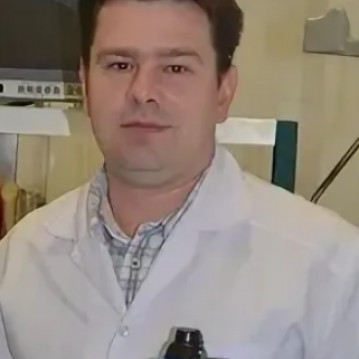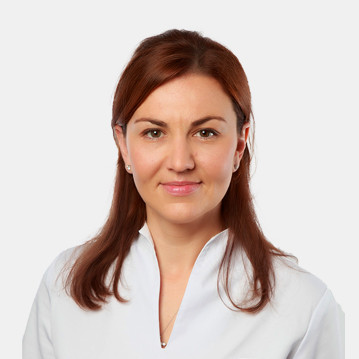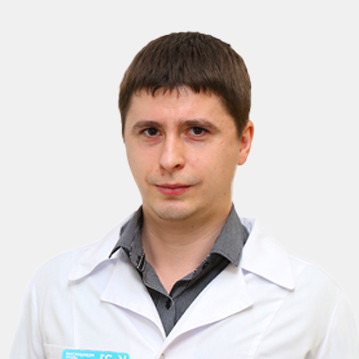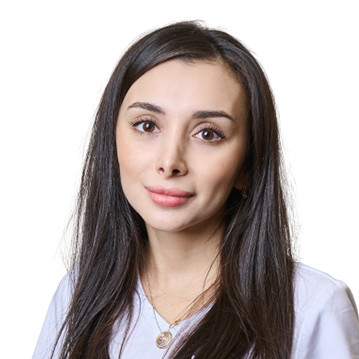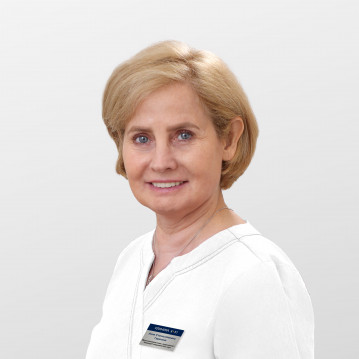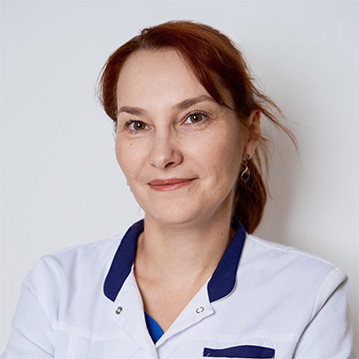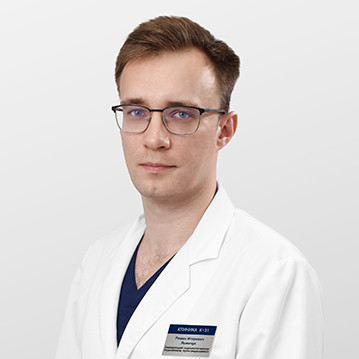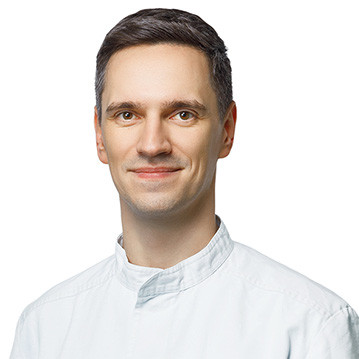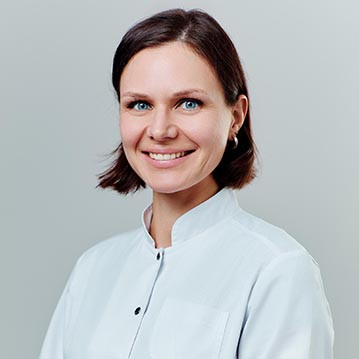Among the methods of invasive diagnostics of diseases of internal organs, one of the first places is occupied by endoscopy. This modern type of instrumental study of diseases of the upper and lower gastrointestinal tract is simple and highly informative. The procedure is carried out according to indications, in the direction of a gastroenterologist, therapist, oncologist, proctologist or other specialists.
Endoscopy: what is the procedure
Endoscopy is a diagnostic examination of the mucous membranes of internal organs, which is performed using an endoscope. The device is a long tube connected to a monitor, at the other end of which is a miniature video camera.
There are several types of endoscopy, which differ depending on the area of bthe study and the method of penetration into the patient's body:
- gastroscopy of the stomach is a procedure in which an endoscope probe is inserted through the esophagus;
- colonoscopy is an endoscopic method for examining the condition of the rectum, colon and duodenum, while the probe is inserted through the anus;
- laryngoscopy and esophagoscopy - examination of the larynx and esophagus using an endoscope penetrating through the mouth;
- laparoscopy is an examination of the abdominal cavity in which a small puncture is made in the abdomen to insert an endoscope tube;
- tracheobronchoscopy - examination of the mucous membranes of the bronchi, trachea of the respiratory tract, while the endoscope is inserted through the mouth into the larynx;
- cystoscopy - examination of the bladder through a puncture made in the abdominal wall;
- cholangioscopy - diagnosis of the condition of the bile ducts, in which the endoscope is inserted through an opening in the abdomen.
Endoscopy is a general term that implies a technique for performing an examination, namely, using an endoscope inserted through natural openings in the body or a puncture made by a surgeon.
In gastroenterology, the most common type of diagnosis is endoscopy of the stomach and intestines. When it is carried out, the device is inserted through the mouth or rectum of the patient.
How to check the stomach: basic methods
If you need to study the upper gastrointestinal tract, your doctor may prescribe one of several methods.
EGDS: what is this procedure
FGDS of the stomach or EGDS is a type of endoscopy in which the doctor examines the condition of the mucosa of the esophagus, stomach and 12 duodenal ulcer using an endoscope inserted through the mouth.
Esophagogastroduodenoscopy or simply gastroscopy lasts up to 30 minutes. Its main advantage is the efficiency and the possibility of biopsy of the stomach for subsequent tissue histology.
The study is prescribed strictly according to the direction of the doctor, since there are a number of contraindications for its implementation. How to check the stomach without FGS in an adult? For these purposes, capsule endoscopy, barium radiography, ultrasound, MRI or electrogastroenterography are prescribed.
Capsule endoscopy
During the examination, it is not necessary to swallow the intestine of the probe. The patient is given a small capsule to be swallowed like a regular tablet. Inside is a microscopic camera with a wireless connection to the monitor. The capsule passes from the esophagus to the rectum, its movement provokes the peristalsis of the stomach and intestines.
The procedure lasts 10-12 hours, during which the doctor observes the image on the monitor and takes pictures. The main advantage of this type of endoscopy is the absence of discomfort for the patient, as with gastric probing.
Electrogastroenterography
Electrodes are placed on the patient's abdomen, and then, using special equipment, the doctor studies the electrical activity of the intestines and stomach.
Signals are transmitted from the electrodes to the sensor, which captures the electric waves, as in an electrocardiogram.
Barium radiography
X-ray examination using a contrast agent (barium). X-ray technique is used, and the resulting images are transferred to X-ray film. As an option - computed tomography with contrast.
Ultrasound
An ultrasound examination performed abdominally, that is, along the surface of the abdominal wall. During the diagnosis, the doctor examines the shape of the digestive tract, the presence of foreign bodies, developmental anomalies and diagnoses possible pathologies.
MRI
Magnetic resonance imaging, which uses a magnetic field technique. During the diagnosis, the doctor receives many thin tissue sections on images in different projections and in 3D mode.
Informative research is most often used to diagnose oncology and structural changes in organs.
